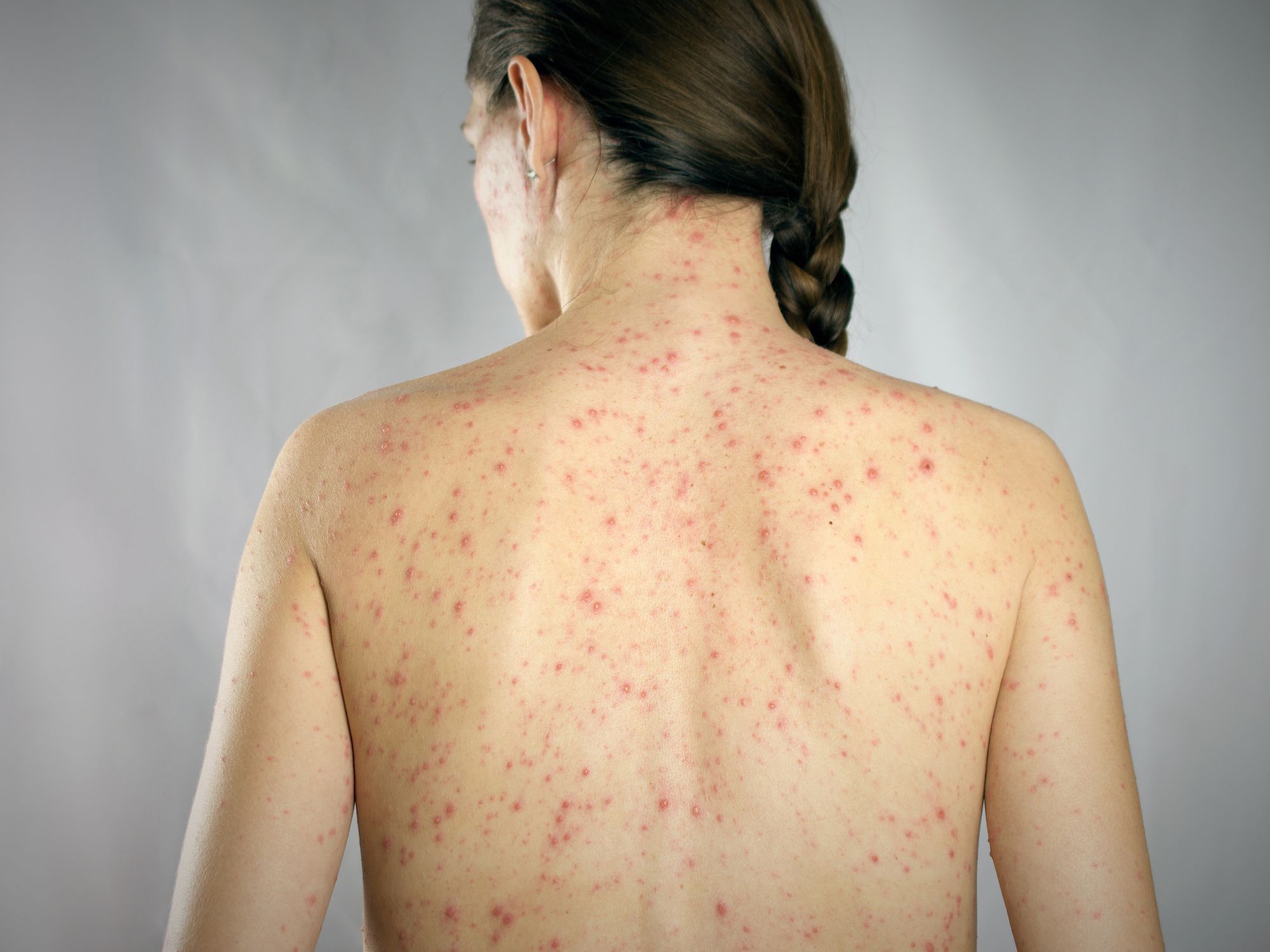Measles hazard recognition

- Measles is highly contagious to anyone who does not have immunity through vaccine or previous infection.
- Healthcare workers are among those at highest risk for contracting measles.
Measles is readily transmissible to anyone who does not have immunity through effective vaccination or from having had measles already. Workers who may be near infected individuals, including members of the public or infected coworkers, are at risk of exposure regardless of their jobs. The measles virus spreads primarily through infectious droplets or airborne particles when an infected person breathes, coughs, or sneezes and through contact with respiratory secretions or saliva from an infected person. Measles can remain in the air for up to about two hours after a person with the disease has occupied an area. Environmental surfaces, such as tables or desks, also may be contaminated with infectious respiratory secretions or saliva that can spread the virus for up to about two hours.
Susceptible (i.e., non-immune) healthcare workers (HCWs) are among those at the highest risk for contracting measles. Because measles frequently affects children, workers in childcare facilities and schools are also at an increased risk for exposure to measles. Occupational exposure risk may be highest when measles outbreaks are occurring-especially outbreaks affecting the community in which employees work. Occupational exposure risk is much lower, but not necessarily eliminated, when there is no ongoing measles transmission.
